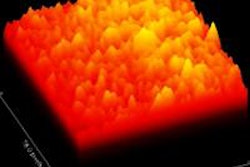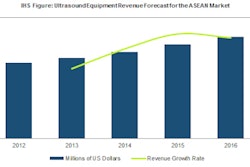Tuesday, December 3 | 8:50 a.m.-9:00 a.m. | VSMK31-02 | Room E451B
Unsuccessful visualization of a patient's rotator cable with ultrasound indicates that the tear area of a rotator cuff injury is large, according to researchers from the University of Montreal.In this Tuesday morning session, Dr. Nathalie Bureau will present findings from a study that investigated the relationship between visualization of the rotator cable on ultrasound and functional outcome, tear size, and muscle fatty atrophy in patients with full-thickness rotator cuff tears.
For the study, 52 patients with full-thickness rotator cuff tears and 20 comparison patients with no symptoms were examined with ultrasound by a musculoskeletal radiologist. The radiologist measured the length and width of each tear in the frontal and sagittal planes and calculated the tear area.
Ultrasound imaged the rotator cable in 75% of the asymptomatic group but in only 25% of patients with rotator cuff tears. In addition, ultrasound's inability to visualize the rotator cable in patients with tears correlated with a larger tear area.
When comparing those with a visible rotator cable to those without, the team also found a significant difference in the severity of muscle fatty replacement of the supraspinatus and the infraspinatus muscles, as well as in the severity of supraspinatus muscle atrophy.
Nonvisualization of the rotator cable on ultrasound correlates with larger rotator cuff tears and higher grades of supraspinatus and infraspinatus muscle fatty replacement, as well as supraspinatus muscle atrophy, Bureau's group concluded. The study's findings may help orthopedic surgeons choose the best treatment for their patients.




















